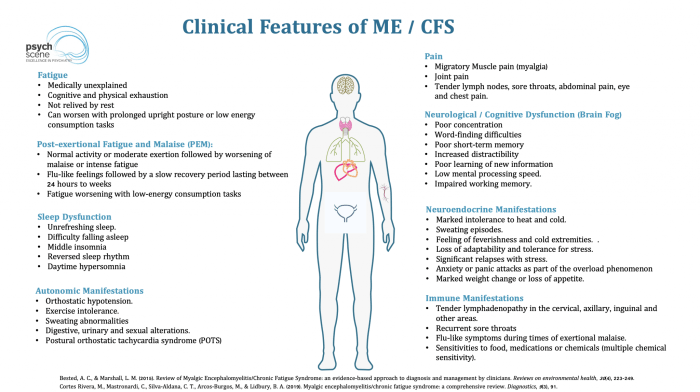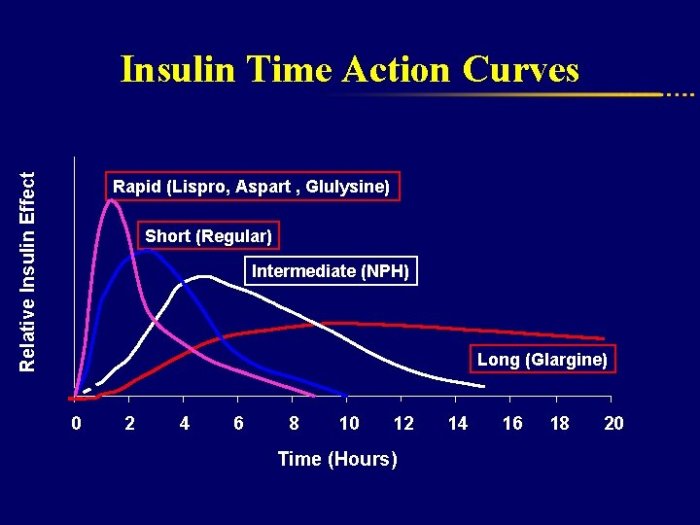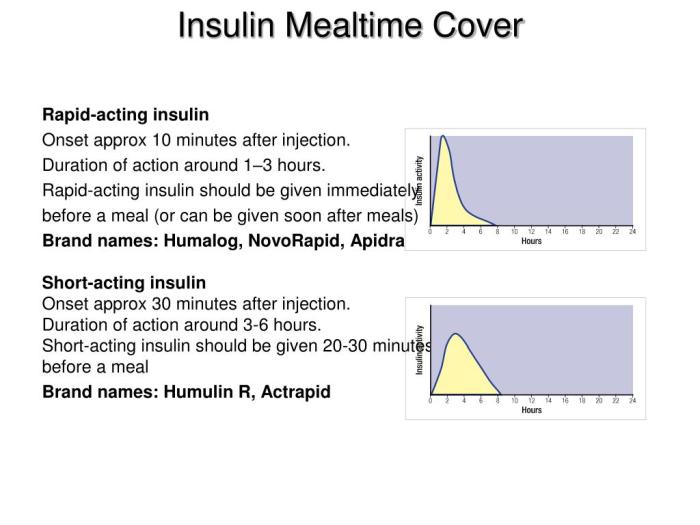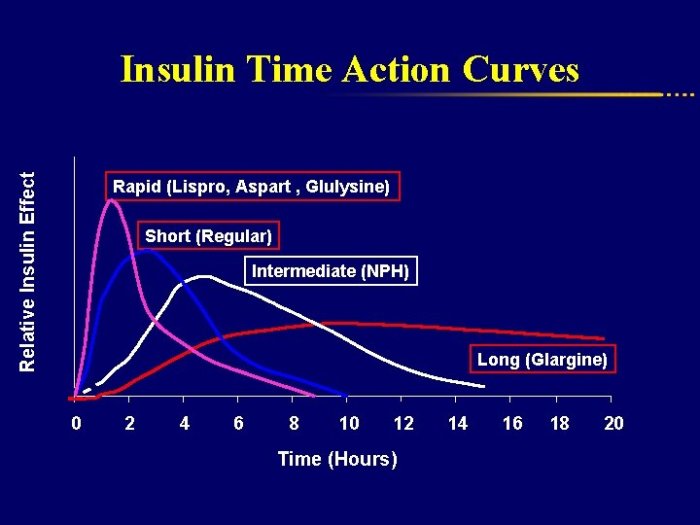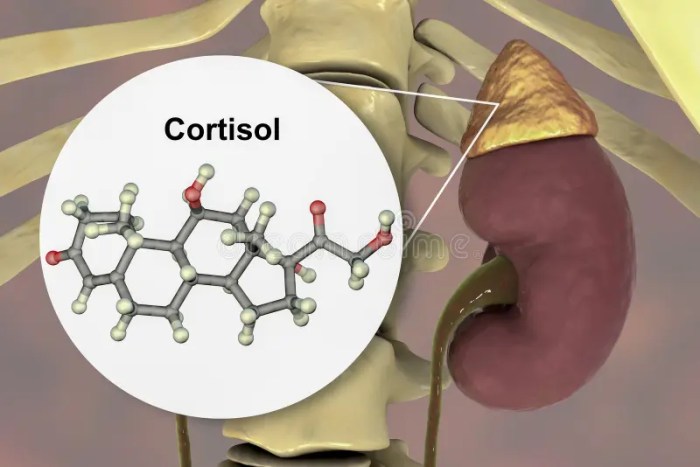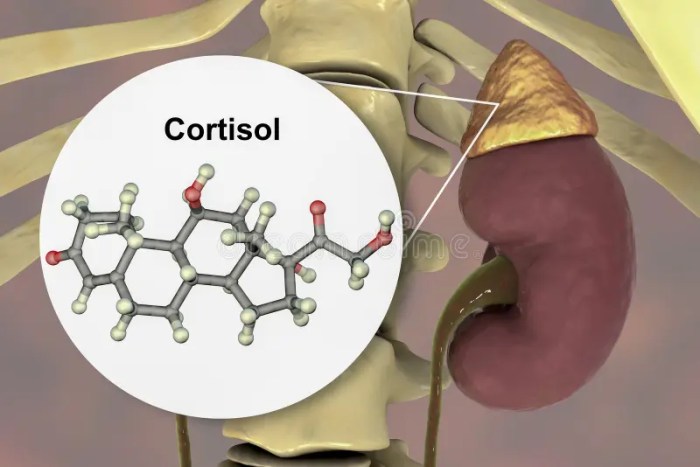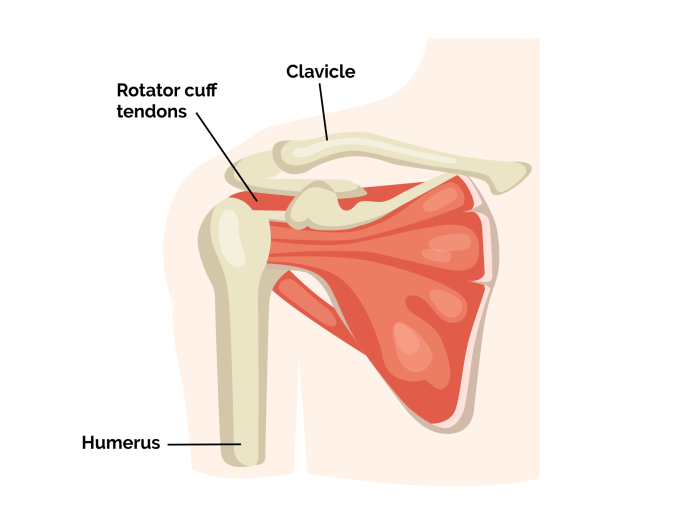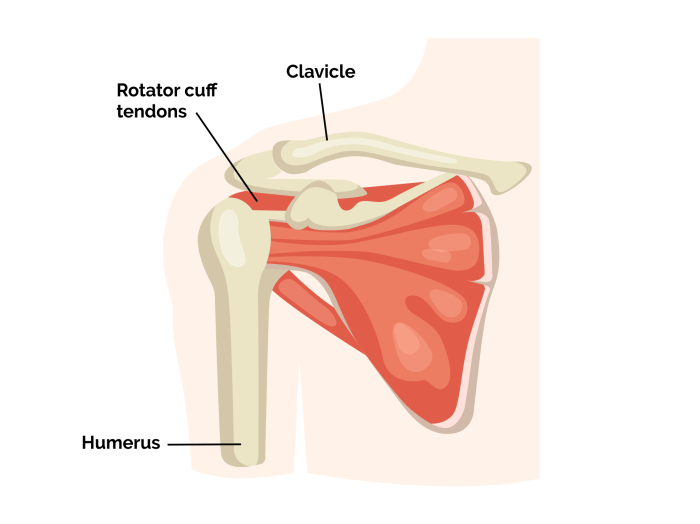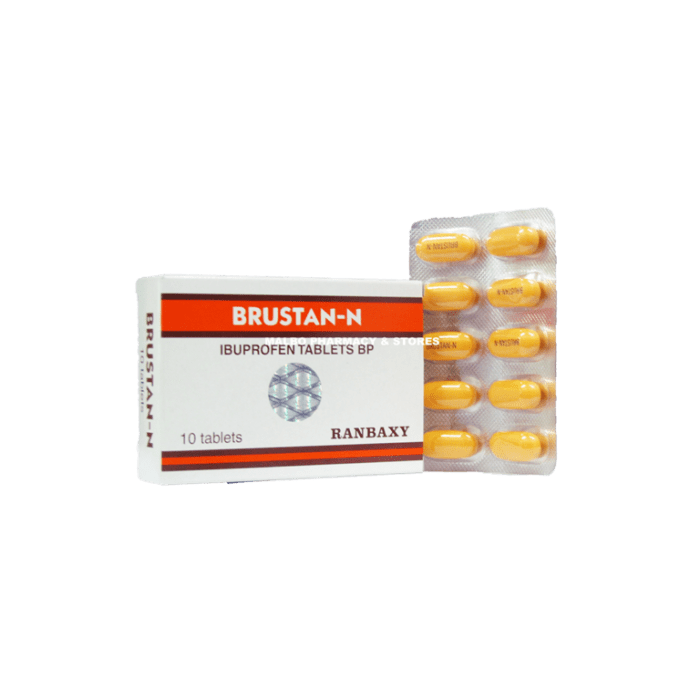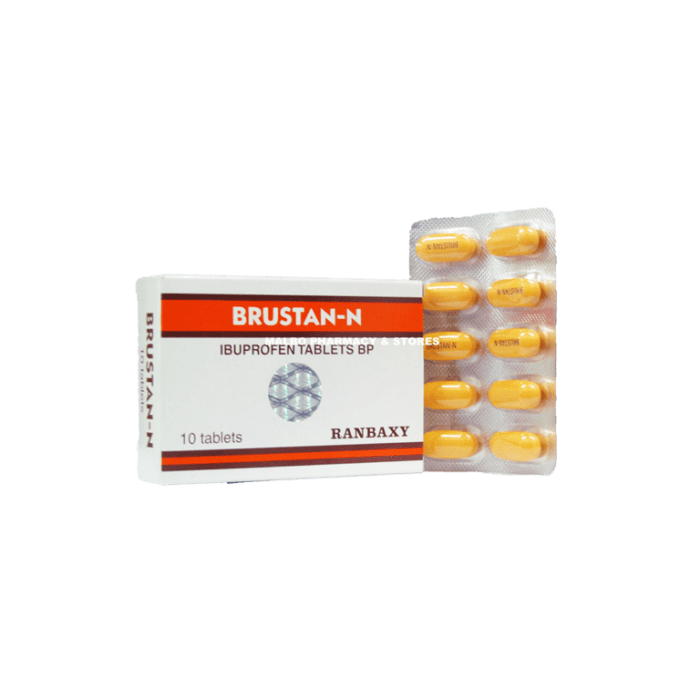Benefits of black tea is a captivating journey into the world of this beloved beverage. From its rich history and diverse preparation methods to its potential health benefits and sensory experience, we’ll explore the multifaceted nature of black tea. Discover why this classic drink is more than just a comforting ritual; it may hold surprising health advantages and culinary delights.
This exploration will cover the diverse range of health benefits associated with black tea, from its antioxidant properties to its potential impact on digestion and cardiovascular health. We’ll also delve into the fascinating world of black tea preparation, examining various brewing techniques, ideal water temperatures, and cultural customs surrounding this ritual. A detailed look at taste profiles and the historical context of black tea will round out our understanding of this fascinating beverage.
Health Benefits of Black Tea
Black tea, a beloved beverage enjoyed worldwide, boasts a rich history and a multitude of potential health benefits. From its antioxidant properties to its potential impact on cardiovascular health, this brew offers a compelling case for its inclusion in a balanced diet. This exploration delves into the scientific evidence behind these claims, comparing black tea to other popular beverages and providing a comprehensive overview of its potential advantages.The health benefits of black tea stem from its unique composition, particularly its high concentration of bioactive compounds.
These compounds, including catechins, theaflavins, and thearubigins, interact with the body in various ways, contributing to its potential health-promoting effects.
Antioxidant Properties
Black tea is renowned for its antioxidant properties. Antioxidants combat harmful free radicals, which can damage cells and contribute to various diseases. The catechins in black tea, while present in lower concentrations than in green tea, still contribute significantly to its overall antioxidant capacity. Theaflavins and thearubigins, unique to black tea, further enhance its antioxidant profile. Scientific studies have shown a correlation between black tea consumption and reduced oxidative stress in the body.
Digestive Health
Black tea’s impact on digestive health is another area of interest. The tannins in black tea can potentially help with digestion, possibly by aiding in the absorption of nutrients and preventing the overgrowth of harmful bacteria in the gut. However, further research is needed to fully understand the mechanisms and long-term effects of black tea consumption on digestive function.
Some studies suggest potential benefits, but more controlled trials are necessary to establish definitive conclusions.
Cardiovascular Health
Black tea’s potential benefits for cardiovascular health are promising. Studies have indicated that black tea consumption might help lower blood pressure and improve blood lipid profiles. This effect is likely attributed to the antioxidants, which may reduce oxidative stress on blood vessels and improve overall cardiovascular function. However, individual responses to black tea consumption can vary, and the extent of these benefits may differ based on individual factors like diet and lifestyle.
Comparison to Other Beverages
| Beverage | Antioxidant Content (mg/cup) |
|---|---|
| Black Tea | 50-100 |
| Green Tea | 100-150 |
| Coffee | 20-50 |
| Water | 0 |
Note: Antioxidant content can vary based on brewing methods and tea type.The table above illustrates the relative antioxidant content of black tea compared to other popular beverages. While green tea often boasts a higher antioxidant count, black tea still offers a substantial contribution to the body’s antioxidant defense mechanisms.
Potential Effects on Bodily Functions
| Body Function | Potential Effect |
|---|---|
| Blood Pressure | Potential to help lower blood pressure in some individuals. |
| Blood Lipids | May improve blood lipid profiles, potentially reducing LDL (“bad”) cholesterol. |
| Oxidative Stress | Reduction in oxidative stress, a known contributor to various diseases. |
| Digestion | Potential benefits in aiding digestion and nutrient absorption, although more research is needed. |
This table summarizes potential effects of black tea on various bodily functions. Important to note is that these effects are not universally guaranteed and individual responses can differ significantly. Furthermore, the listed benefits are not a guarantee of complete health or protection from diseases. A balanced diet and a healthy lifestyle are essential for overall well-being.
Preparation and Serving Methods

Brewing black tea is more than just pouring hot water over leaves; it’s an art that involves careful consideration of various factors. Different methods and types of black tea yield unique flavors and experiences. Understanding the nuances of preparation enhances the enjoyment of this beloved beverage.Different brewing methods offer a spectrum of flavor experiences. From traditional methods to modern techniques, each approach contributes to the overall tea-drinking ritual.
The ideal preparation method often depends on personal preference and the specific type of black tea.
Brewing Methods, Benefits of black tea
Various brewing methods cater to diverse preferences and desired levels of flavor extraction. Traditional methods, such as using a teapot and infuser, allow for a controlled steeping process. Modern methods, like using a French press or immersion method, offer different approaches to extracting the full spectrum of flavor compounds.
Black tea boasts antioxidants, great for overall health. It can also help with hair health, much like the potential benefits of pumpkin seed oil for hair, which is a popular natural treatment. While pumpkin seed oil for hair is often touted for its nourishing properties, black tea’s rich compounds still contribute to healthy, shiny hair.
So, enjoy your cuppa, and remember the diverse benefits of this classic beverage!
Tea Types
Black teas encompass a wide range of varieties, each with its own unique characteristics. Assam, Darjeeling, and Ceylon are examples of well-known black tea types, each possessing distinct flavor profiles. These variations are often influenced by the geographical origin, growing conditions, and processing methods. The origin and processing significantly impact the resulting flavor, aroma, and body of the tea.
Water Temperature and Steeping Time
The temperature of the water and the duration of steeping significantly affect the final flavor profile. High temperatures extract more tannins and bitterness, while lower temperatures result in a milder taste. The steeping time allows the tea leaves to release their aromatic and flavor compounds into the water. The optimal temperature and time vary depending on the type of black tea.
Ideal Water Temperature for Black Tea Types
The optimal water temperature for black tea is crucial for extracting the ideal flavor profile. A temperature that is too high can lead to a bitter taste, while one that is too low may result in a weak and unfulfilling experience.
Cultural Customs
Different cultures have unique customs surrounding black tea preparation and consumption. In some cultures, black tea is served with milk and sugar, while in others, it is enjoyed in its purest form. The way black tea is prepared and consumed often reflects the cultural values and traditions of the region.
Brewing Times and Water Temperatures for Different Black Tea Types
| Tea Type | Brewing Time (min) | Water Temperature (°C) |
|---|---|---|
| Assam | 3-5 | 95-100 |
| Darjeeling | 2-4 | 90-95 |
| Ceylon | 3-4 | 95-100 |
| English Breakfast | 3-5 | 95-100 |
Steps in Preparing a Perfect Cup of Black Tea
A well-prepared cup of black tea is a delightful experience. Following these steps ensures an optimal cup of tea:
- Water Temperature: Heat water to the ideal temperature for your chosen black tea type, as indicated in the table above.
- Preparation of Teaware: Prepare your teapot or cup and ensure it is clean and dry.
- Adding Tea Leaves: Add the appropriate amount of black tea leaves to your teapot or infuser. A general guideline is one teaspoon of tea leaves per cup of water.
- Pouring Water: Slowly pour the heated water over the tea leaves.
- Steeping Time: Allow the tea to steep for the recommended time as Artikeld in the table above.
- Serving: Carefully remove the tea leaves from the teapot or infuser and pour the tea into your cup.
Taste and Sensory Experience
Black tea, with its rich history and diverse varieties, offers a captivating sensory experience. Beyond its potential health benefits, the taste and aroma of black tea play a significant role in its enjoyment. The complex interplay of flavor notes, aroma, and mouthfeel creates a unique drinking experience, and understanding these nuances enhances appreciation for this beloved beverage.The taste profile of black tea is generally characterized by a robust, malty flavor, often with notes of sweetness, earthiness, or fruitiness.
The aroma, equally important, often complements the taste profile and can range from floral to smoky, depending on the specific tea type and processing methods. The mouthfeel is typically full-bodied and smooth, leaving a lingering sensation.
Taste Profiles of Different Black Tea Varieties
Different black tea varieties exhibit distinct taste profiles, contributing to their unique appeal. English Breakfast tea, for example, often displays a bold, malty taste with hints of caramel and a full-bodied mouthfeel. Earl Grey, known for its citrusy notes, frequently incorporates bergamot oil, creating a distinctive flavor profile. Other varieties, like Darjeeling or Assam, can showcase more nuanced tastes, ranging from floral and delicate to strong and robust.
Influence of Processing Methods on Taste
The processing methods employed during the production of black tea significantly impact the final taste. The oxidation process, a key step in black tea production, is responsible for the characteristic taste and color of the tea. Different oxidation levels, influenced by factors like time and temperature, directly affect the final taste profile, impacting the intensity and complexity of the flavor notes.
The way the leaves are handled during processing can also affect the tea’s mouthfeel and overall taste.
Factors Affecting the Taste Experience
Several factors can influence the taste experience of black tea. The brewing method plays a crucial role in extracting the flavors and aromas of the tea. Using the appropriate water temperature for the specific tea type is critical for optimizing flavor extraction. Water quality also significantly impacts the taste. Hard water, for instance, can impart mineral notes, potentially masking or altering the natural flavors of the tea.
The amount of tea leaves used per cup and the steeping time also affect the final taste.
Sensory Characteristics
Black tea’s visual appeal is noteworthy. The rich, dark color of the brewed tea, ranging from deep amber to a rich mahogany hue, contributes to the overall sensory experience. The appearance of the tea leaves, depending on the variety, can also be aesthetically pleasing, with variations in size, shape, and color. These visual aspects complement the aroma and taste, enhancing the overall enjoyment of the beverage.
Comparison Table of Black Tea Varieties
| Tea Type | Flavor Notes | Aroma |
|---|---|---|
| English Breakfast | Malty, caramel, slightly sweet | Earthy, slightly nutty |
| Earl Grey | Citrusy, bergamot, slightly sweet | Floral, citrusy |
| Darjeeling | Delicate, floral, fruity | Subtle, floral, sometimes sweet |
| Assam | Robust, malty, full-bodied | Strong, smoky, earthy |
History and Culture

Black tea, a globally beloved beverage, boasts a rich history interwoven with cultural traditions and social customs. From its origins in the mountainous regions of China to its widespread adoption across the globe, black tea has been more than just a drink; it’s been a catalyst for trade, a symbol of status, and a central element in various social rituals.
Black tea, packed with antioxidants, is fantastic for overall health. However, if you’re experiencing issues with CPAP-related gas, understanding the causes and treatment options is crucial. For example, exploring the potential causes and remedies for CPAP gas can help you determine the best approach to a comfortable and effective sleep treatment. Fortunately, learning about the causes and treatment of cpap gas can allow you to continue enjoying the benefits of black tea.
This knowledge can empower you to make informed choices for your health and well-being, helping you enjoy the health benefits of black tea to the fullest. the causes and treatment of cpap gas
Its journey through time reflects the evolving tastes and customs of different societies.Black tea’s journey began in China, where the meticulous process of processing leaves to achieve the rich, robust flavor of black tea was developed. This intricate process, a significant leap from the earlier methods of consuming unprocessed tea leaves, gradually transformed black tea into a highly valued commodity, sparking global interest and trade.
Origins and Early Consumption
The precise origins of black tea are often shrouded in historical ambiguity, with different accounts highlighting various regions and time periods. However, the consensus points to the mountainous regions of China as the cradle of its development. The process of oxidation, which is crucial for achieving the characteristic dark color and strong flavor of black tea, was likely discovered accidentally, or through experimentation over many years.
Early consumption was primarily within the Chinese culture, where tea became a central element in social life, and the practice of brewing and drinking tea spread to various parts of the region.
Spread Across the Globe
The British East India Company played a pivotal role in the global spread of black tea. Their extensive trade networks facilitated the transportation of tea from China to Europe and other parts of the world, introducing it to new markets and cultures. The subsequent rise of tea plantations in India and other regions further fueled the popularity and accessibility of black tea, allowing for mass production and global distribution.
This trade expansion brought about significant cultural exchanges and economic shifts.
Black Tea in Different Cultures
Black tea holds different cultural significance in various societies. In some cultures, it’s a fundamental part of daily life, consumed at all hours of the day and in diverse social contexts. In others, it’s reserved for special occasions, ceremonies, and social gatherings.
Examples of Black Tea Ceremonies
- Chinese Tea Ceremony: The Chinese tea ceremony emphasizes mindfulness and respect. A specific set of steps and utensils is used, and the process is intended to promote harmony and tranquility. The quality of the tea, the water, and the environment are all crucial elements in the ceremony.
- British Afternoon Tea: A distinctly British tradition, afternoon tea involves a delicate balance of savories and sweets served with black tea. This social ritual is often a relaxing and enjoyable social experience, and is a well-recognized part of British culture.
Timeline of Key Milestones
| Year | Milestone |
|---|---|
| 17th Century | Initial spread of black tea from China to Europe, primarily through the British East India Company. |
| 18th Century | Establishment of tea plantations in India and other regions, leading to increased availability and mass production of black tea. |
| 19th Century | Continued global expansion of black tea consumption, and the emergence of specific tea blends and varieties. |
| 20th Century | Continued global consumption and adoption of black tea as a staple beverage in various cultures. Development of specialized brewing techniques and equipment. |
| 21st Century | Continued evolution of tea blends and the increasing popularity of black tea as a part of healthy lifestyle choices. |
Nutritional Value and Composition
Black tea, beloved for its rich flavor and potential health benefits, also boasts a surprisingly diverse nutritional profile. While not a powerhouse of vitamins and minerals like some fruits and vegetables, black tea provides a subtle yet significant contribution to a balanced diet. Its unique chemical composition contributes to its distinct taste and potential health effects.
Black tea boasts a wealth of health benefits, from its antioxidant properties to potential improvements in heart health. While we’re on the subject of potent remedies, understanding how long medications like Viagra last is also important for informed decision-making. For example, knowing the duration of effectiveness can help you plan your day accordingly. This information is crucial for maximizing the benefits of the treatment.
Fortunately, resources like how long does viagra last provide valuable insights. Ultimately, the benefits of black tea extend far beyond just a satisfying cuppa.
Nutritional Content of Black Tea
Black tea, despite being largely water, contains a range of valuable compounds. Key nutrients, though present in small amounts, include trace minerals like potassium and fluoride, and tiny quantities of vitamins like vitamin C. The primary nutritional contribution, however, comes from the array of antioxidants. These compounds play a vital role in protecting the body from damage caused by free radicals, potentially contributing to overall health.
Chemical Composition of Black Tea
The chemical composition of black tea is complex, encompassing numerous compounds that contribute to its flavor, aroma, and potential health benefits. The most notable components include polyphenols, particularly catechins (though these are less abundant in black tea than in green tea due to the oxidation process). These polyphenols are potent antioxidants. Other significant components include tannins, contributing to the tea’s astringency and taste, and caffeine, which provides a mild stimulant effect.
The exact composition of black tea can vary depending on factors such as the type of tea plant, growing conditions, processing methods, and brewing time.
Impact on the Human Diet
Black tea’s impact on the human diet is multifaceted. Its low calorie count and negligible protein and carbohydrate content make it a suitable beverage for individuals watching their calorie intake. The antioxidants present in black tea may contribute to a healthier diet by supporting the body’s natural defense mechanisms. However, it’s essential to remember that black tea should be consumed as part of a balanced diet, not as a sole source of nutrients.
Nutritional Value Per Serving
| Tea Type | Calories | Protein (g) | Carbohydrates (g) |
|---|---|---|---|
| Earl Grey | 0 | 0 | 0 |
| English Breakfast | 0 | 0 | 0 |
| Darjeeling | 0 | 0 | 0 |
| Assam | 0 | 0 | 0 |
Note: Nutritional values are approximate and can vary depending on the brewing method and specific tea type. These figures represent a very small amount of nutrients compared to other foods.
Potential Drawbacks and Considerations: Benefits Of Black Tea
While black tea offers a plethora of health benefits, it’s crucial to acknowledge potential drawbacks associated with excessive consumption. Understanding these considerations can help individuals enjoy the positive aspects of black tea without compromising their well-being. A balanced approach is key to maximizing the benefits and minimizing any potential risks.
Potential Side Effects of Excessive Consumption
Excessive black tea intake can lead to certain side effects, particularly in individuals sensitive to caffeine. These side effects can range from mild discomfort to more serious issues. Caffeine, a key component in black tea, can trigger anxiety, insomnia, and heart palpitations in susceptible individuals. Moreover, high caffeine intake may also contribute to digestive problems, such as diarrhea or stomach upset.
In some cases, prolonged, high-consumption habits can also lead to a dependency.
Interactions with Medications
Black tea can interact with certain medications, potentially affecting their efficacy or safety. The tannins present in black tea can bind to certain medications, reducing their absorption and effectiveness. For example, iron supplements are often less readily absorbed when consumed alongside black tea. This interaction can be particularly important for individuals taking iron supplements, as it may hinder their effectiveness in iron-deficient individuals.
Similarly, individuals taking medications that are sensitive to tannins should be cautious.
Precautions for Specific Health Conditions
Individuals with specific health conditions should exercise caution when consuming black tea. For example, those with anxiety or sleep disorders might find that black tea, due to its caffeine content, exacerbates their condition. Similarly, individuals with heart conditions should monitor their intake carefully, as caffeine can potentially affect heart rate and blood pressure. Individuals with gastrointestinal issues, such as ulcers or acid reflux, should consume black tea in moderation, as tannins may worsen symptoms.
Interactions with Medications
The interaction between black tea and certain medications warrants careful consideration. Tannins in black tea can interfere with the absorption of some medications, potentially diminishing their effectiveness. For instance, iron supplements and certain antibiotics may have reduced absorption when taken with black tea. Furthermore, individuals on blood thinners should consult their doctor before increasing their black tea intake, as caffeine can potentially affect blood clotting.
Important Considerations
It is essential to be mindful of individual tolerances and sensitivities. Some individuals may be more sensitive to caffeine or tannins than others. Starting with small quantities and gradually increasing consumption can help assess individual tolerance. Furthermore, consulting a healthcare professional is crucial for individuals with pre-existing health conditions or those taking medications. They can offer personalized guidance on appropriate black tea consumption levels.
This individualized approach is key to maximizing the benefits while minimizing any potential risks.
Conclusive Thoughts
In conclusion, black tea’s multifaceted nature extends beyond a simple beverage. It’s a rich tapestry woven with health benefits, cultural significance, and a captivating sensory experience. From its historical journey to its potential role in modern wellness, black tea offers a compelling blend of tradition and contemporary appeal. We’ve explored the nuances of this beloved beverage, from its taste and preparation to its potential health advantages and historical context.
Hopefully, this exploration has sparked your curiosity and inspired you to appreciate the complexities of this classic drink.





